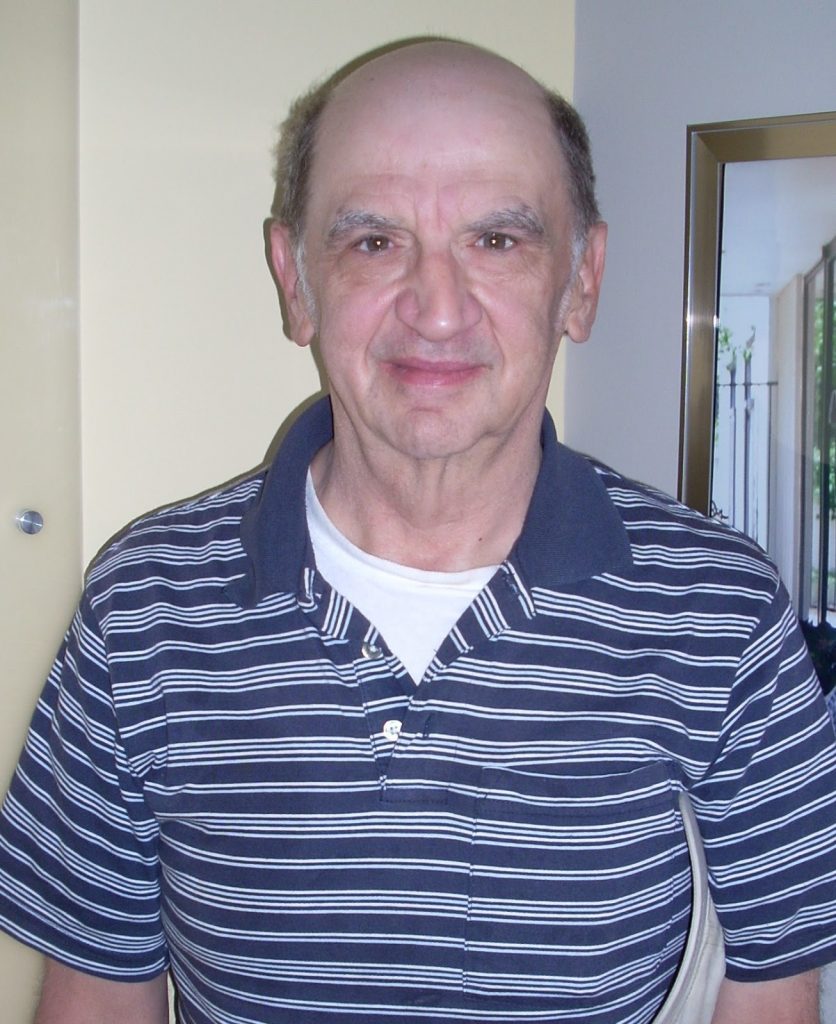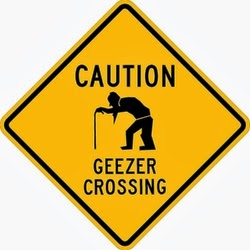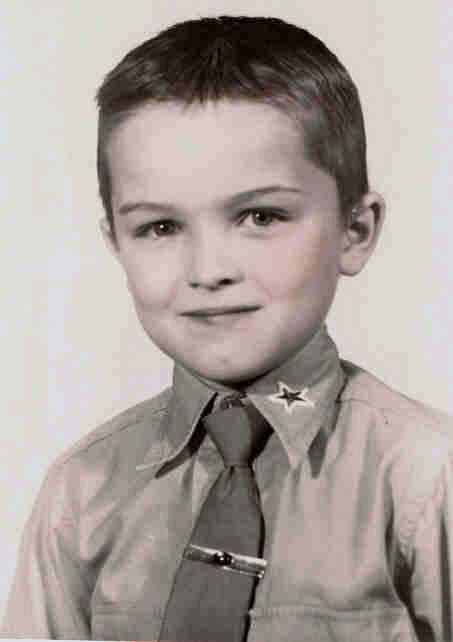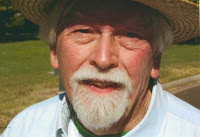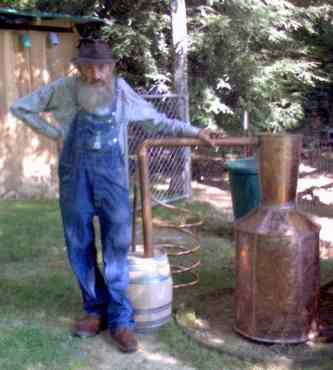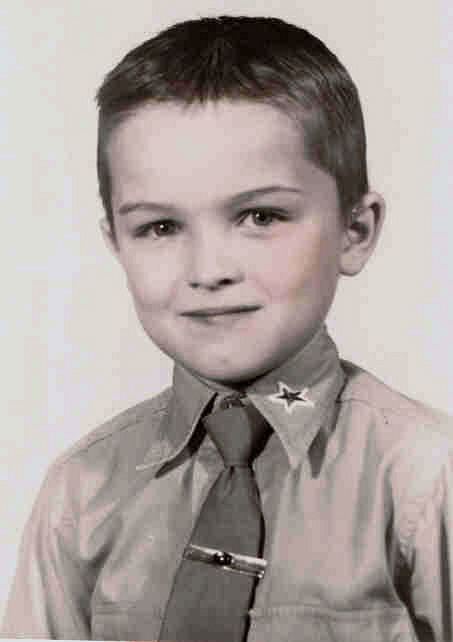As we all know time is the measured sequential relationship of the movement of objects in relation to one another or as we experience time it is the experiential intensity of intellectual and/or emotional focus. In actuality there is only the present but at this stage of our experience we exist in the universes of time and space. When we do experience being in the present, our abilities to more fully grasps our beingness increases.
I never was a fan of George Burns, however his comment that “You can’t help getting older, but you don’t have to get old,” is perhaps one of the better statements about our choosing to experience time.
One of my ideas of how I might relate to time is to recognize that each generation has a different socio-political environment. The various stages of the industrial developmental era has transitioned into the technological- communications era which is especially challenging to my age group. Time is experienced in the influence of technological nanoseconds, slow computers, texting, on line bill paying, rush hour, TV dinners or impersonal fast food consumption and when to take our high blood pressure pills. The social environment changes and along with it changes how we perceive time.
Many like me prefer to avoid the latest gadgets that hit the market, being glued to our cell phones, texting worthless messages and paying high prices to be up to the minute with the latest fad. I don’t want to take the time to keep up. I’m retired and want to sit back and relax, do something old fashioned and read or write with a pencil in a notebook.
But no, I now spend hours on a computer when it was only a short time ago I was glad not to have one.
Time, time consuming, no time to contemplate, no time just to do nothing, the telephone rings and it’s another recorded message that got through the no call list. Try being with a group of people having a supposedly intelligent conversation and two cellphones ring, the people at the next table are each texting, at the other tale we are listening to a loud one-sided conversation that doesn’t seem to make since. Is it time for me to make adjustments to the changes in society? How do I adjust so I am living in the present? How much time do I have to be more integrated into the changing society? Why should waste my time doing so? Is it time to withdraw in isolation and escape the pressing demands of the technological and micro communication era? What about the information age?
I am hooked on Google. I can find out about practically anything I want to know if I just put in the right search terminology. I can’t imagine how my life would have been if I’d had Wikipedia when I was I college. But then the times were different.
Now for the clincher, time is a concept. It may be a measure. It may seem like a reality. I may look at my watch or my cellphone. I may attend an event at a particular time. I have experienced transcending time. I have lost time. I have had plenty of time and then been late.
In traveling around the world I have seen many different kinds of sun dials or contraptions to measure time. Some watches and clocks are responsive to a totally accurate measure of time within micro moments of an accepted absolute. It’s still just a concept that measures relative relationships of an infinitesimal fraction of the universe of universes and still seems to have way too much control over our lives.
Perhaps we should take time to smell the roses.
About
the Author
I go by the drag name, Queen Anne Tique. My real name is Michael King. I am a gay activist who finally came out of the closet at age 70. I live with my lover, Merlyn, in downtown Denver, Colorado. I was married twice, have 3 daughters, 5 grandchildren and a great grandson. Besides volunteering at the GLBT Center and doing the SAGE activities,” Telling your Story”,” Men’s Coffee” and the “Open Art Studio”. I am active in Prime Timers and Front Rangers. I now get to do many of the activities that I had hoped to do when I retired; traveling, writing, painting, doing sculpture, cooking and drag.

